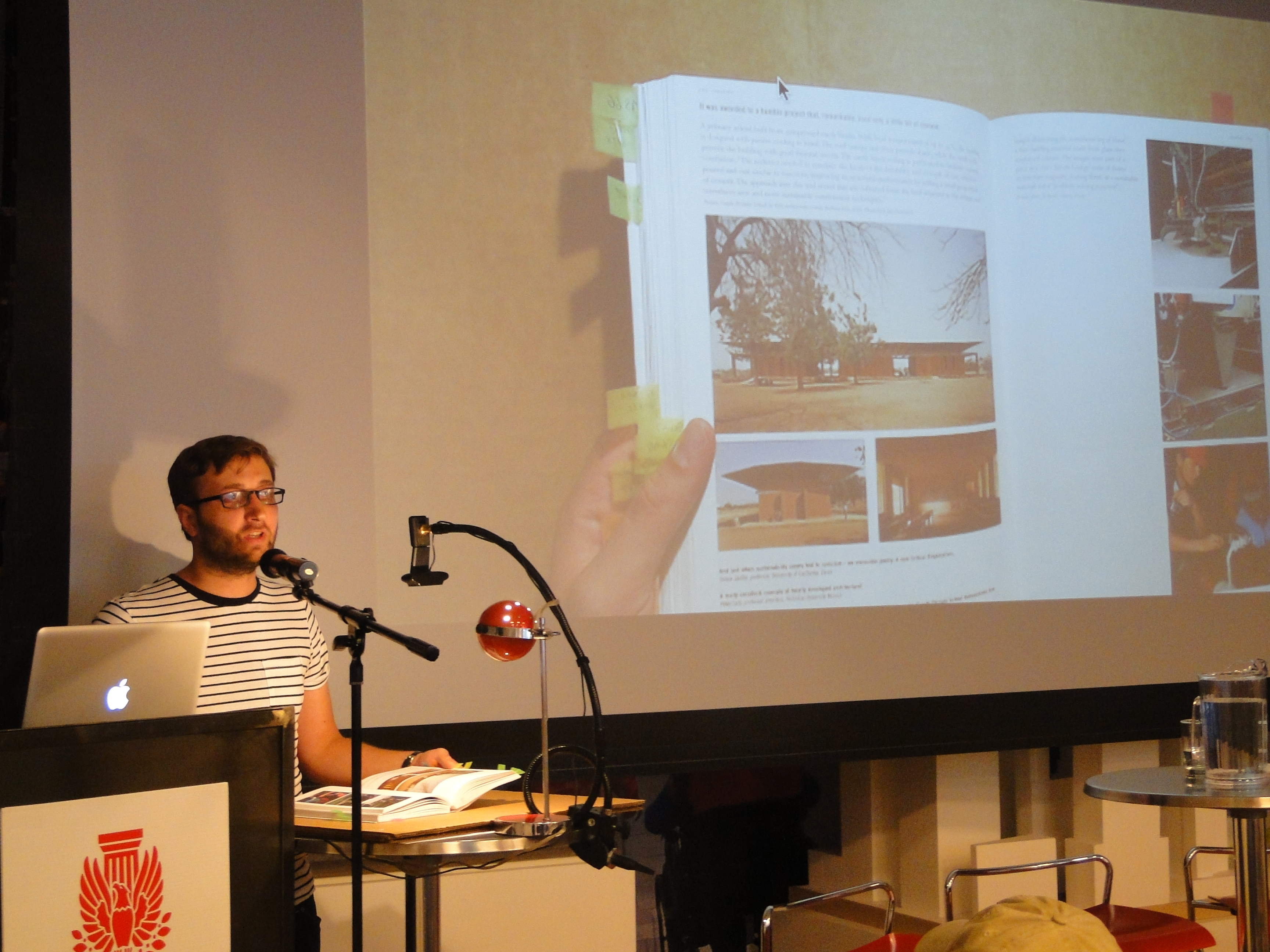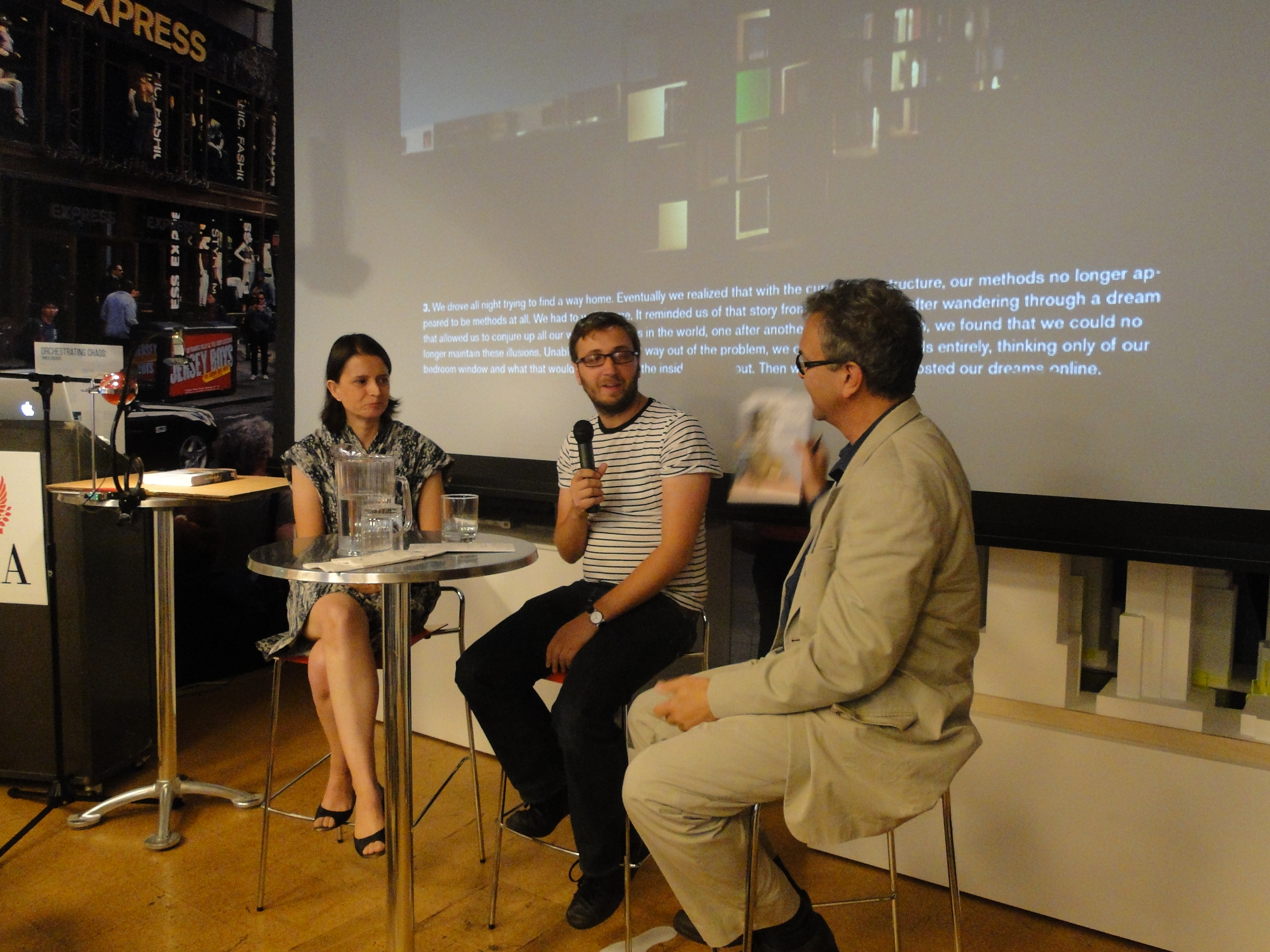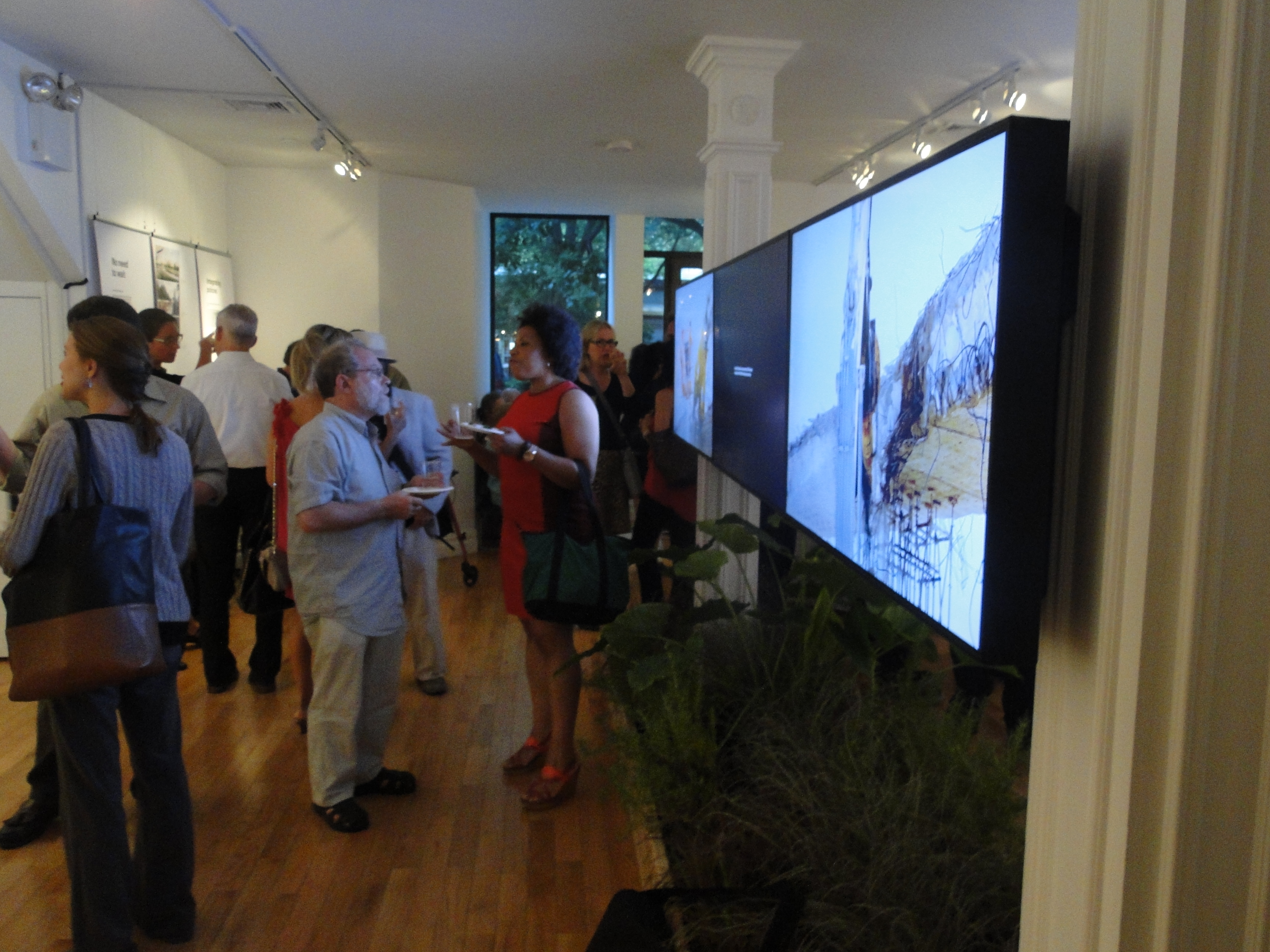by James Way
The central exhibition of the Oslo Architecture Triennale, “Behind the Green Door,” is now accompanied by a book that catalogues the ideas in the show – and then some.Focusing on architecture, the thesis of the Triennale asks: “What does sustainability mean in urban transformation?” Subtitled “A Critical Look at Sustainable Architecture through 600 Objects,” the curators, from Rotor, a Brussels-based architecture and design collective, collected objects dating from the late 1960s through the current decade. Objects from 120 sources were specifically identified by their authors as ‘sustainable. AIANY Executive Director Rick Bell, FAIA, visited the exhibition as a guest of the Royal Norwegian Consulate in New York, and called it “mind boggling, like walking through a history of psychology.”
The resulting publication takes the exhibition another step forward with 100 experts, including Bell, commenting on the items on display. Rather than pay lip service to the architects, Rotor “wanted to open the door to the backstage” to create a dialogue, according to Maarten Gielen, a partner in the collective. The comments range from supportive to scathing. Sustainability is not a new concept, Rotor argues, but has always existed in various terms. Today, Gielen adheres to “sustainability” as defined by the 1987 Brundtland Commission: “Sustainable development is development that meets the needs of the present without compromising the ability of future generations to meet their own needs.” The sustainable objects make the abstract idea concrete, and one cannot draw the line between them. However, Gielen argues that any “need” can be approached as a sustainable commodity: “If you think chocolate is a need, then there is a sustainable chocolate.”
Hilary Sample, AIA, a partner at MOS Architects, presented her firm’s submission to MoMA’s “Foreclosed” exhibition, which was also included in the Triennale. The project looked at Orange, NJ, and investigated why it was severely economically depressed and, as a result of Hope 6 projects, de-densified. The provocation literally seized the public roadways and repurposed them for mixed-use housing “landscrapers” and bike and pedestrian paths. Sample eloquently discussed a definition of sustainability that would incorporate greater connection between design and public health.
In the closing discussion the panel reaffirmed that sustainability is very much alive and kicking. Gielen said that it’s not “political and semantic optimism,” but an expanding debate caught in “agreement on the idea, but differences in the conclusion.” You can find the book through the Oslo Architecture Triennale website and see the 600 examples illustrated in one handsome tome.”
James Way, Assoc. AIA, Marketing Manager at Dattner Architects, frequently contributes to e-Oculus.
Event: Book Presentation: Behind the Green Door: A Critical Look at Sustainable Architecture through 600 Objects
Location: Center for Architecture, 07.07.14
Speakers: Maarten Gielen, Co-founder, Rotor, and co-author of Behind the Green Door: A Critical Look at Sustainable Architecture through 600 Objects; Hilary Sample, AIA, Founding Partner, MOS Architects; and Rick Bell, FAIA, Executive Director, AIANY (moderator)
Organizers: Center for Architecture
Sponsors: Government of Flanders, through Flanders House New York


